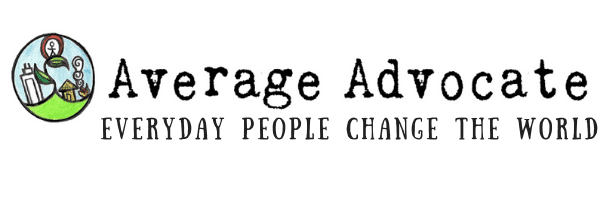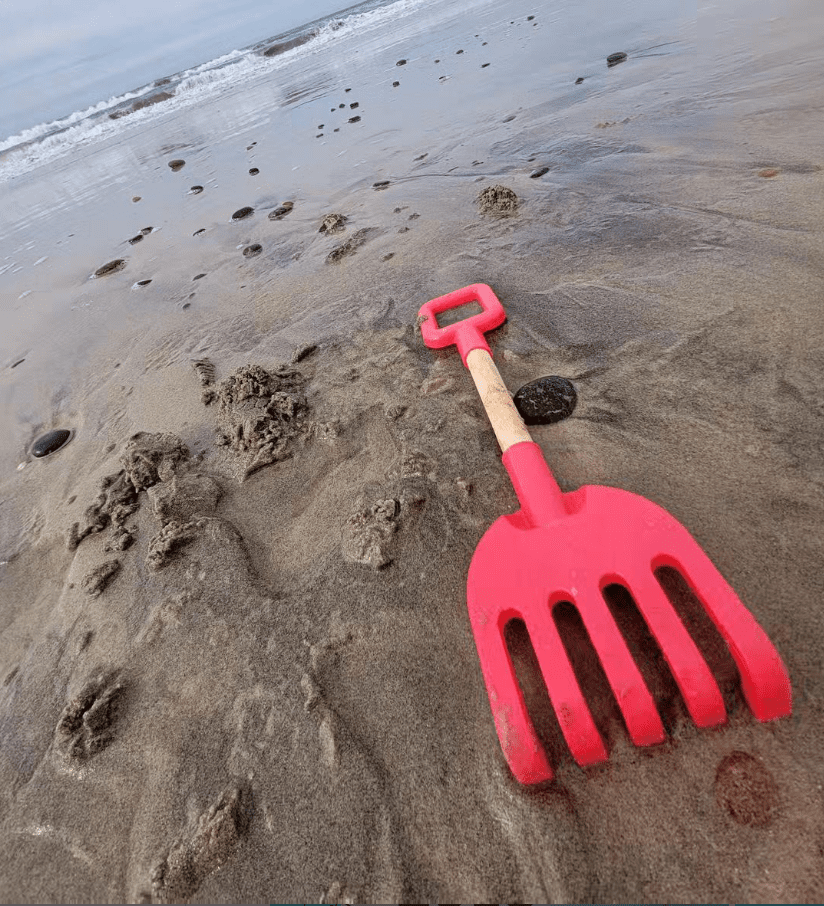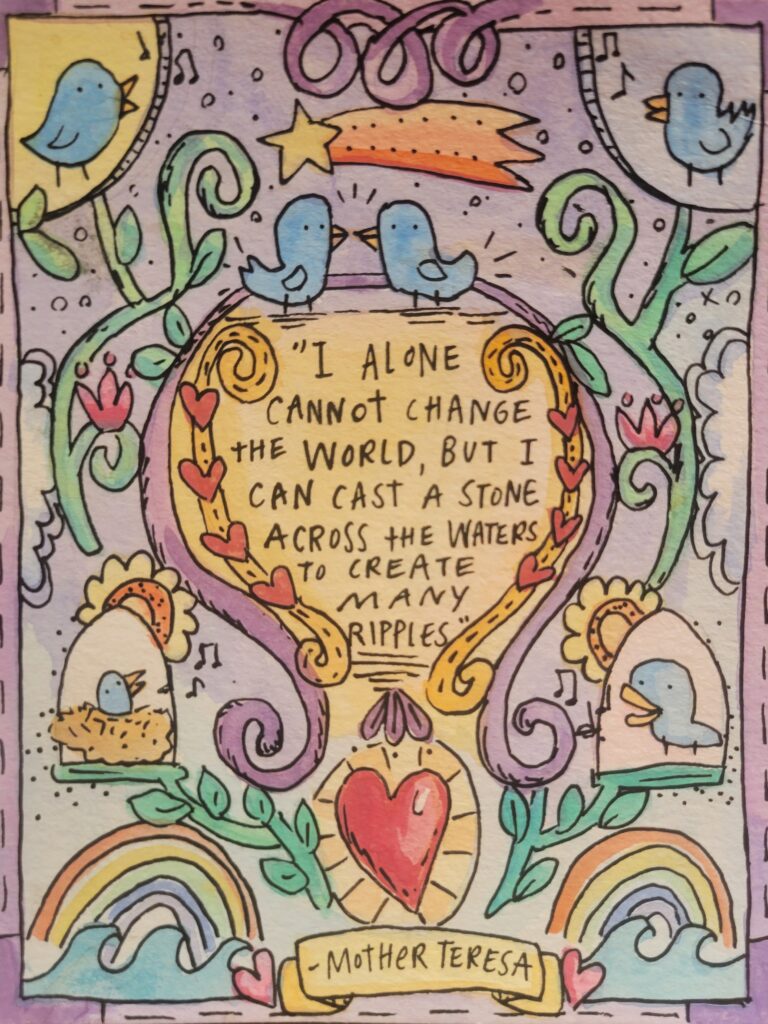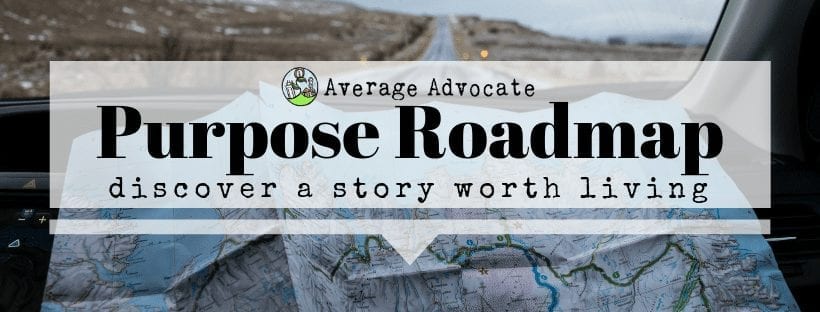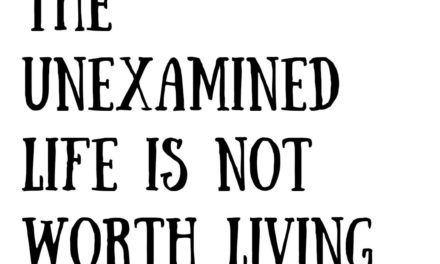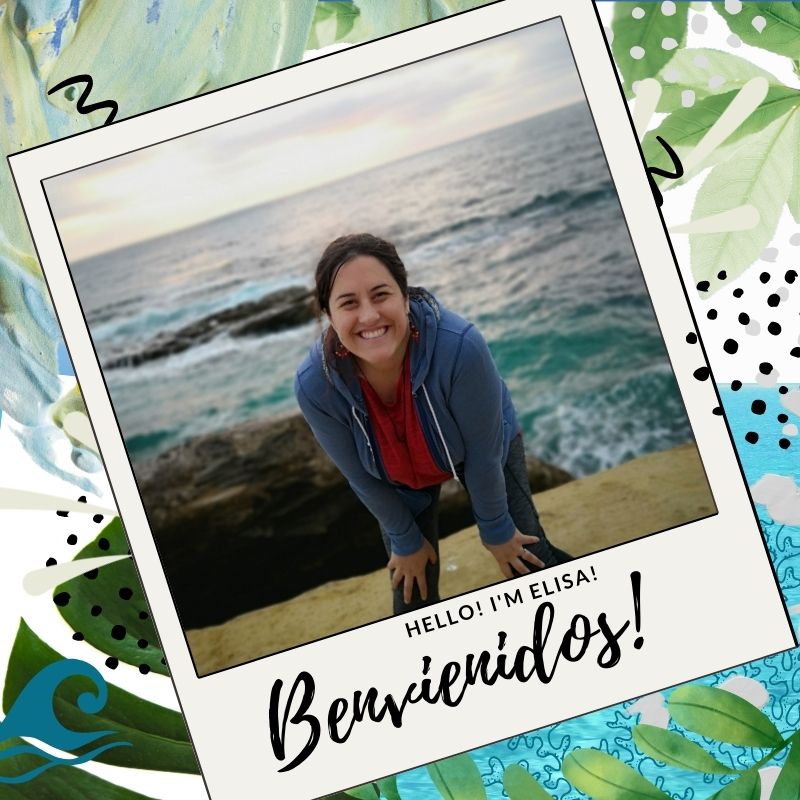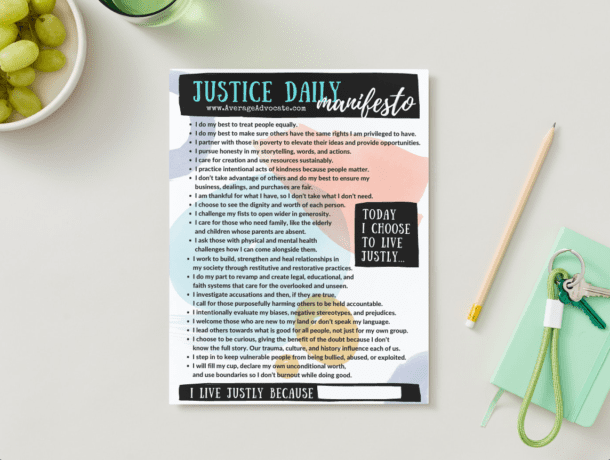Loving your neighbor has a lot of similarities to digging sand and building sandcastles.
I’ve had a lot of moments by the ocean to think about this recently. I’ve been going to the beach during or soon after it has rained. (To my surprise, I even got in the local news for it!) My son loves the sand, and I prefer it when there aren’t tourists around and it isn’t really hot.
Have you ever dug in wet sand? Piled it up? Tried to shape it into turrets as tall as you are?
The first thing you’ll notice is that the sand is heavy, especially when it was recently packed in by the rain or high tide. When I was younger, we’d head to the beach with big metal shovels, the type you turn concrete with. Our goal was to make real sandcastles, not the little kid ones, but the type that could be part of a competition. I don’t think we ever got close to competition-level, but we did make them bigger and prettier than the ones of our childhood. And I’ll let you know, it was hard work!
This work of digging in the sand and building castles isn’t unlike loving your neighbor.
Loving Your Neighbor is an Internal Work
Loving your neighbor is as much internal work as it is external. And this internal work must happen before we even see the results of love. There are hindrances that keep us from loving others. Prejudice, pride, and greed are often at the top of the list. A lack of emotional capacity to have empathy and express compassion is another. This pulls us back, along with the unbelief that we have anything of significance to bring. These are just a few of the things that will keep getting in the way unless they’re revealed and addressed. Light must reach the darkness, where the sand crabs burrow into our souls. The hatred, bias, judgement, indifference, and self-focus are all antitheses to love in action.
They must be wrestled out. The sand must have its broken shells, rocks, slimy lengths of seaweed, and sand crabs taken out before it can be effectively formed into a castle. We have to be transformed from the ground. We have to be smoothed and shaped.
Enjoying the surf, with trillions of tiny particles beneath us, isn’t hard to do. And that is lovely. That is why I usually go to the beach, to breathe in deep and suck the marrow out of life. But if I want to create order from the chaos of the sand to make a sand castle, I have to begin digging. Digging is always hard work.
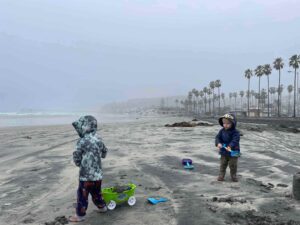

Exposing Injustice and Suffering
Although the internal work of digging things out and being reformed is essential, the light of day must also reach to expose the darkness of injustice and suffering. For if we cannot see those harmed by the shadows, terrible evils will continue to prevail. Those neighbors will continue to live unloved, without solidarity or care in their crisis. And how can we claim to be loving our neighbors when we surrender and submit to the very systems that oppress them, without even a word? Maybe we can’t always take action with public love, changing the systems that be. But more often than not, we can to a degree. This is more hard work, shovel by shovel-full.
A belief I take from my faith is that Jesus always goes to the darkest places. Too often, those who share my beliefs don’t pay attention to the fact that he always pursued those who were in need, not the “good” people or religious. If the healthy don’t think they need a doctor, why go to them? Just like I follow Jesus’ example of going to those suffering in their health, crises, or under oppression, all of us who care about loving our neighbor must began to bring awareness and move in what ways we can to expose the darkness. There is no one for us to love if we don’t see who is struggling and needing love.
There is always something to be built and become beautiful with sand being dug up and transformed into a unified castle.

Falling Castles
I think this is one of the most challenging parts of justice work. Knowing we cannot guarantee anything will last. The flat of the beach where I stand today could have already been once a beautiful sandcastle only to have been pounded away by the surf. Just how empires come and go, so do the tides.
So frequently, I’ve been part of changing one law or practice to be more just, just to find out a few years later a new administration replaced this law/practice. There are some things I’ve seen improve, like access to safe water (which I talk about in my Justice Daily interview with expert Pam Crane-Hoover, here). But too frequently, justice work just feels discouraging. One step forward, three backwards. Or to use our metaphor, one shovel-full shaped into a castle spire, only to be knocked over by a swell.
Immediately we begin asking if it is worth it. This really depends on our perspective. These are some questions that help me:
- Is it worth it to build something beautiful that won’t last, even though the people were greatly impacted by it and the effect it had them has changed their lives for the better?
- Is it worth it to build something good that won’t last, even though it influenced someone’s legacy or our children’s world?
- Is it worth it to build something that won’t last, even through people are freer, less poor, knew their value, etc… even if that resource that provided that goes away?
This helps me remember there is long-term incalculable value in investing in shaping sandcastles that don’t last forever. As Mother Teresa states, “I alone cannot change the world, but I can cast a stone across the waters to create many ripples.”
Love your neighbor. Join me in the work of digging and building sandcastles, for however long they last.
